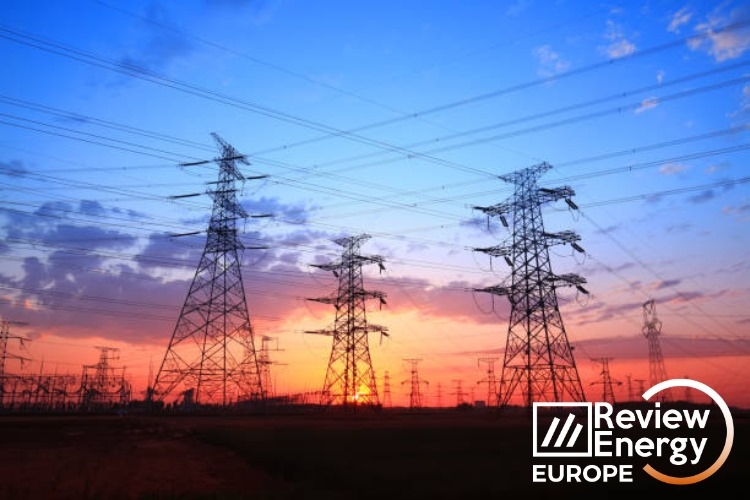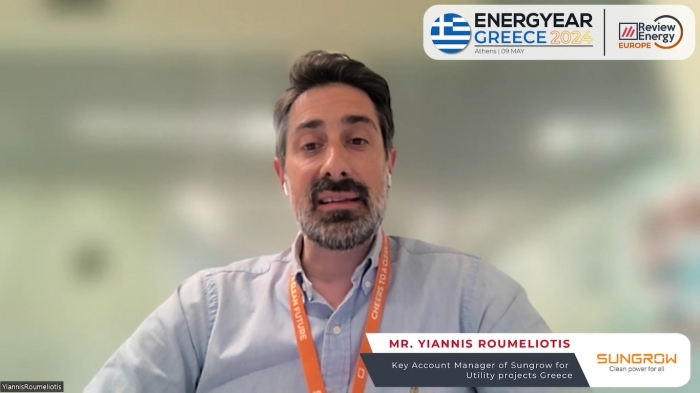
The flexibility needs of the EU's electrical system will double by 2030
Ember’s report offers insights into clean flexibility within the EU, with a particular emphasis on battery storage and demand-side flexibility as pivotal facilitators in transitioning towards a cleaner power system. The document assesses the current landscape of these solutions in the EU, explores prospects for future deployment, and presents pertinent policy options to expedite their implementation.
Double by 2030
The EU's demand for power system flexibility may double by 2030, necessitating swift deployment to match the surge in renewables and electrification. Particularly, the need for daily flexibility is projected to escalate significantly over the next six years, underscoring the urgency of deploying battery storage and demand-side flexibility (DSF) solutions in the near future.
This rise in flexibility requirements correlates with the growing ambition in wind and solar energy. According to Ember's analysis of updated draft National Energy and Climate Plans (NECPs) and other national announcements, renewables are poised to generate 66% of EU electricity by 2030, with eight Member States expected to surpass 80% renewables generation. In 2023, renewables accounted for 44% of EU electricity generation, with wind and solar alone contributing 27%.

Source: Ember
Clean flexibility
Clean flexibility holds the key to achieving widespread decarbonization as the deployment of wind and solar energy expands throughout the EU. As renewable energy grows at a rapid pace in the EU, the demand for system flexibility is on the rise. Flexibility plays a crucial role in balancing the grid when weather-dependent generation, such as wind and solar, exceeds or falls short of the power demand. Ensuring that flexibility is derived from clean sources, rather than fossil fuels, is essential for staying on course to meet EU decarbonization targets.
Two often overlooked sources of clean flexibility are battery storage and demand-side flexibility. These solutions are readily available to deploy and have the potential to significantly contribute to a clean power system, both in the short term and in the long run.

Source: Ember
No clean energy system without clean flexibility
Wind and solar energy are emerging as the cornerstone of Europe's power grid. However, to fully leverage the potential of renewable power, storage, demand-side flexibility, and grid enhancements are essential.
The rising penetration of wind and solar energy in the power portfolio brings about numerous benefits in terms of cost, climate, and energy security. Yet, to maximize these advantages, complementary elements within the system are required. This is where clean flexibility plays a critical role.








Comentarios
Sé el primero en comentar...